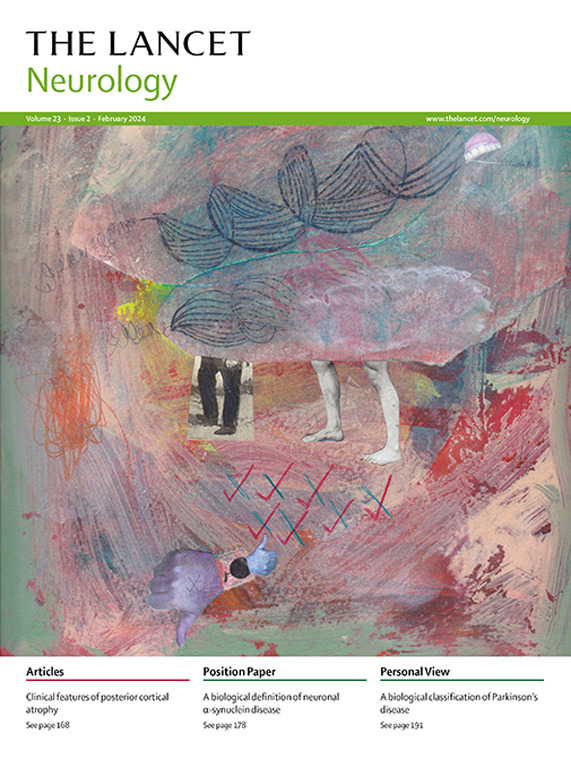急性缺血性卒中的侧枝血管:一个潜在的治疗靶点。
IF 46.5
1区 医学
Q1 CLINICAL NEUROLOGY
引用次数: 444
摘要
缺血性脑卒中是急性动脉闭塞导致局灶性灌注不足的结果。溶栓是唯一被证实的治疗方法。先进的神经成像技术可以对急性脑卒中患者的脑循环进行详细的评估,并提供有关侧支血管和侧支血流状况的信息,这可以减轻动脉闭塞的影响。大脑和血管成像显示,在通往大脑的大动脉闭塞后,侧支血流可以维持脑组织数小时,因此增强或维持侧支血流是一个潜在的治疗目标。目前正在研究几种可能增加侧支血流量的干预措施。本文章由计算机程序翻译,如有差异,请以英文原文为准。
Collateral blood vessels in acute ischaemic stroke: a potential therapeutic target.
Ischaemic stroke results from acute arterial occlusion leading to focal hypoperfusion. Thrombolysis is the only proven treatment. Advanced neuroimaging techniques allow a detailed assessment of the cerebral circulation in patients with acute stroke, and provide information about the status of collateral vessels and collateral blood flow, which could attenuate the effects of arterial occlusion. Imaging of the brain and vessels has shown that collateral flow can sustain brain tissue for hours after the occlusion of major arteries to the brain, and the augmentation or maintenance of collateral flow is therefore a potential therapeutic target. Several interventions that might augment collateral blood flow are being investigated.
求助全文
通过发布文献求助,成功后即可免费获取论文全文。
去求助
来源期刊

Lancet Neurology
医学-临床神经学
CiteScore
58.70
自引率
1.00%
发文量
572
审稿时长
6-12 weeks
期刊介绍:
The Lancet Neurology is the world-leading clinical neurology journal. It publishes original research that advocates for change in, or sheds light on, neurological clinical practice. The topics covered include cerebrovascular disease, Alzheimer's disease and other dementias, epilepsy, migraine, neurological infections, movement disorders, multiple sclerosis, neuromuscular disorders, peripheral nerve disorders, pediatric neurology, sleep disorders, and traumatic brain injury.
The journal publishes a range of article types, including Articles (including randomized clinical trials and meta-analyses), Review, Rapid Review, Comment, Correspondence, and Personal View. It also publishes Series and Commissions that aim to shape and drive positive change in clinical practice and health policy in areas of need in neurology.
The Lancet Neurology is an internationally trusted source of clinical, public health, and global health knowledge. It has an Impact Factor of 48.0, making it the top-ranked clinical neurology journal out of 212 journals worldwide.
 求助内容:
求助内容: 应助结果提醒方式:
应助结果提醒方式:


